Predation is a fundamental factor in the Natural History of any species. Even if many factors can influence the percentage of broken queues. In small lacértids there is a very direct relationship between tail breakage and encounters with predators, with little influence from autotomies due to other natural causes such as behavior agonistic between individuals of the same species.😬🤯
La depredación es un factor fundamental en la Historia Natural de cualquier especie. Aunque son muchos los factores que pueden influir en el porcentaje de colas rotas. En los pequeños lacértidos hay una relación muy directa entre las roturas de cola y los encuentros con depredadores, sin que influyan apenas las autotomías por otras causas naturales como el comportamiento
agonístico entre individuos de la misma especie.👨🏫👨🎓
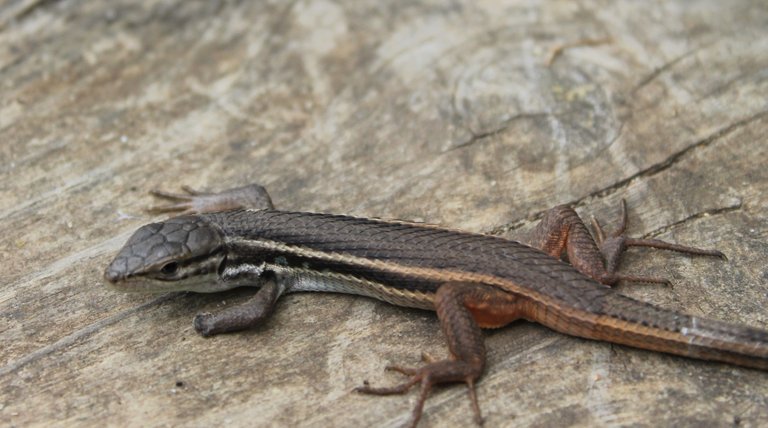
WHY DOES THE TAIL GROWS TO THE LIZARDS?🙂😮
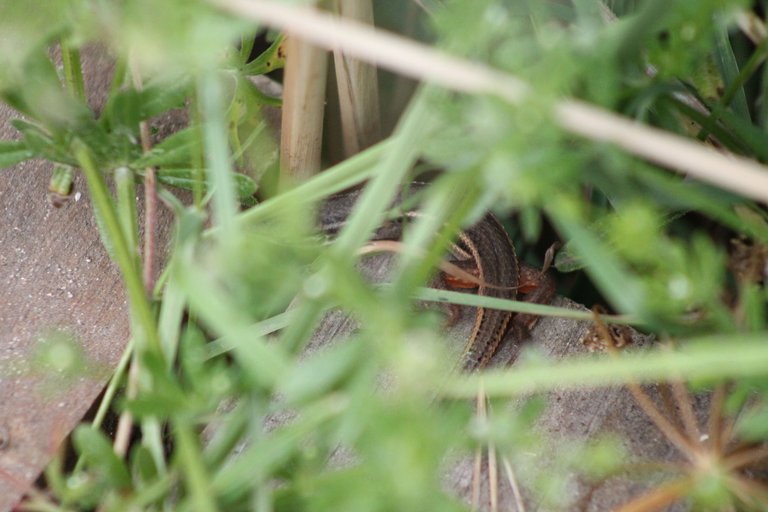
While taking a little walk through a forest I came across this lizard! It is a specimen of Psammodromus algirus, very eaten in this type of vegetation! but notice something that caught my attention! He didn't have a leg! ... And I saw that his tail was new! Surely you never wondered why its tail grows but its other members don't? let's talk a bit about the phenomenon of autotomy!😶😶
Mientras realizaba un pequeño paseo por un bosque me encontre este lagarto! es un ejemplar de Psammodromus algirus, muy comen en este tipo de vegetacion! pero observe algo que llamo mi atencion! no tenia una pata!... Y vi que su cola era nueva! seguro nunca te preguntaste porque su cola crece pero sus otros miembros no? vamos a hablar un poco sobre el fenomeno de autotomia!😍😍

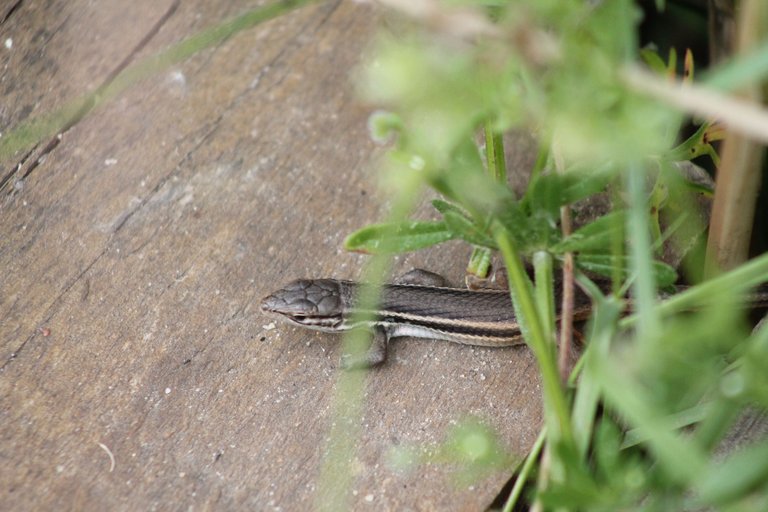
The ability to lose body parts such as defense is quite widespread in the Kingdom Animal: among invertebrates it is common to lose body parts in mollusks, crustaceans and echinoderms; and among vertebrates in salamanders, rhinocephals, amphisbenids, and scales, including some snakes and certain rodents. Lizard autotomy is performed by fracture planes in special vertebrae that are recognizable even in fossil material, but there are also special adaptations in soft tissues such as muscles, the spinal cord or blood vessels.😶
La habilidad para perder partes del cuerpo como defensa está bastante extendida en el Reino Animal: entre los invertebrados es frecuente perder partes del cuerpo en moluscos, crustáceos y equinodermos; y entre los vertebrados en salamandras, rincocéfalos, anfisbénidos, y escamosos, incluyendo algunas serpientes y ciertos roedores. La autotomía en lagartijas se efectúa por planos de fractura en vertebras especiales que son reconocibles incluso en material fósil, pero también existen adaptaciones especiales en tejidos blandos como los músculos, la médula espinal o vasos sanguíneos.🤔😮
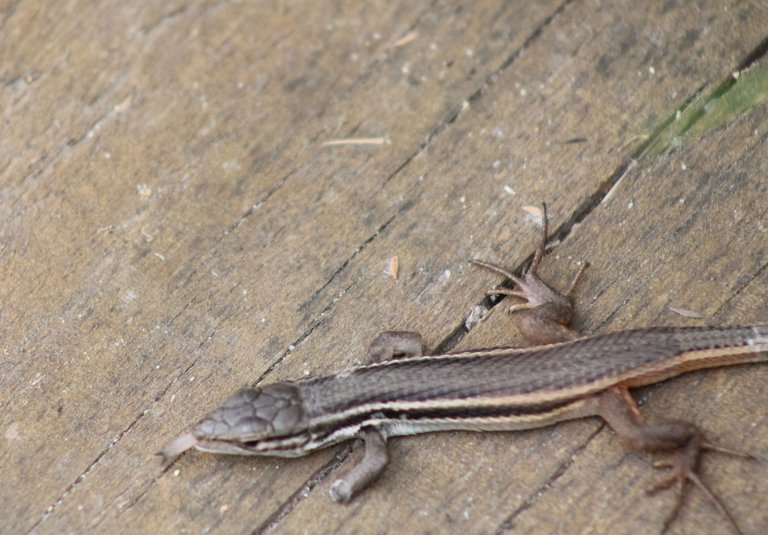
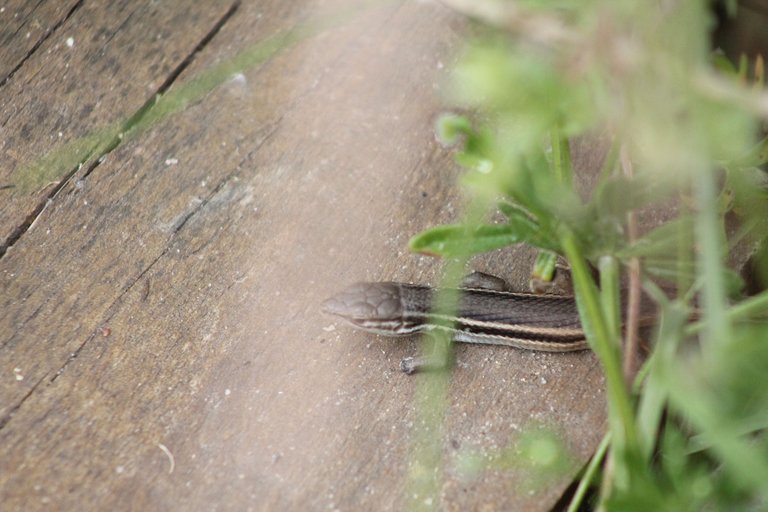
Aerial predators tend to attack the head of the lizards but the movement of the saurian itself replaces quickly in that initial position the head and the body by the tail. The larger the tail, the more likely the predator will notice her instead of in the body. In addition, this probability increases due to the sense of movement of the animal.😁😁
Los depredadores aéreos tienden a atacar la cabeza de las lagartijas pero el propio movimiento del saurio sustituye rápidamente en esa posición inicial la cabeza y el cuerpo por la cola. Cuanto mayor es la cola, más posibilidades hay de que el depredador se fije en ella en vez de en el cuerpo. Además, esa probabilidad se incrementa debido al sentido del movimiento del animal💥🅾⛔
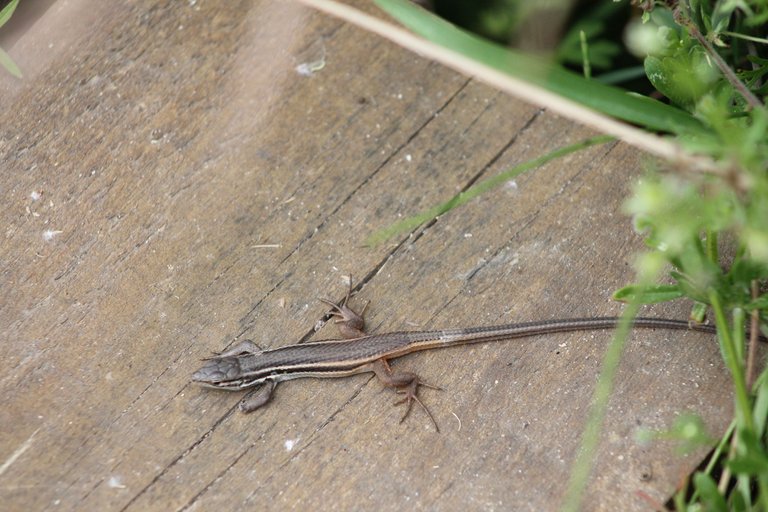
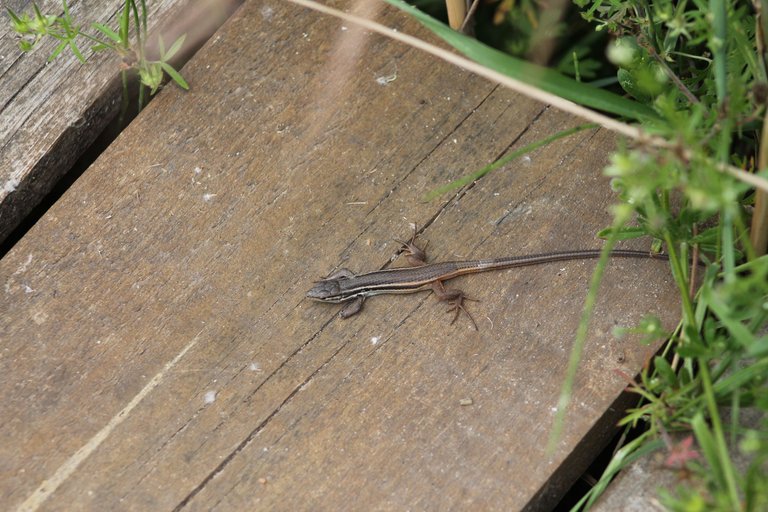
The lizards have no turning back, and the place occupied by the body is unfailingly occupied by the queue when the motor part, that is, the body of the animal, is sets in motion The tail can be broken by any of the vertebrae with fracture plane, which excludes the former (more numerous in males because that base of the tail houses the hemipenes) and those of the tip (the distal fourth approximately) that do not have either fracture planes😎😎
Las lagartijas no tiene marcha atrás, y el lugar ocupado por el cuerpo es indefectiblemente ocupado por la cola cuando la parte motora, es decir, el cuerpo del animal, se pone en movimiento La cola puede romperse por cualquiera de las vértebras con plano de fractura, lo que excluye las primeras (más numerosas en los machos porque esa base de la cola alberga los hemipenes) y las de la punta (el cuarto distal aproximadamente) que no tienen tampoco planos de fractura😄😄
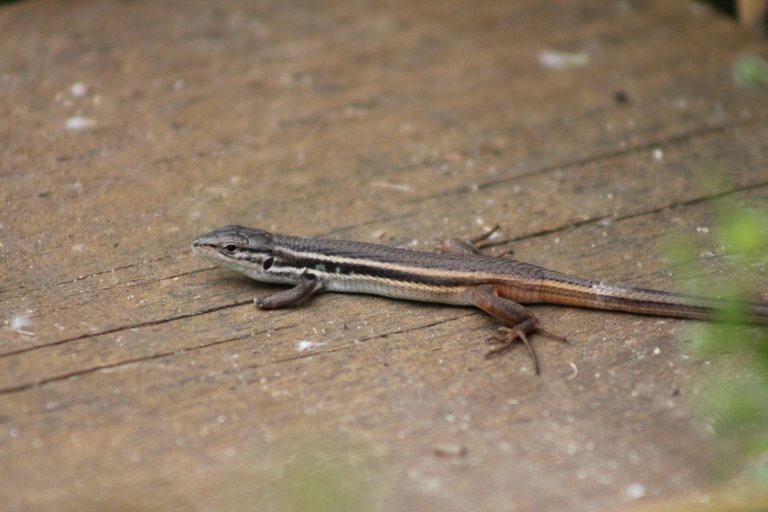
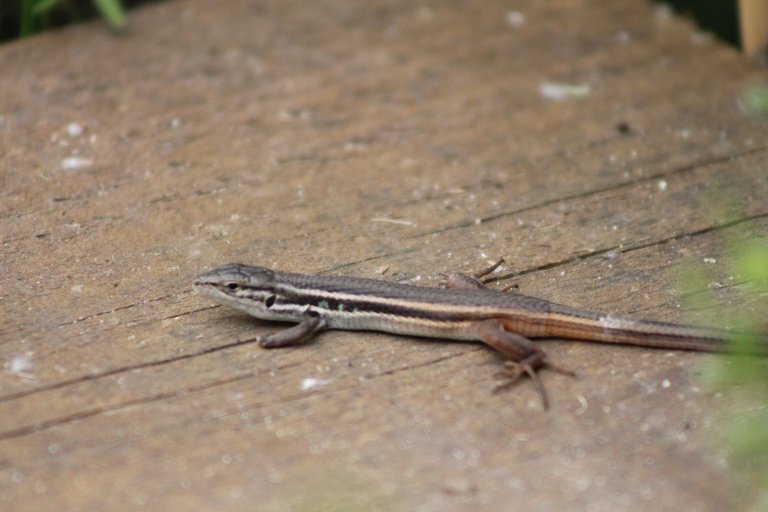
Lizards can lose several times the tail, but the fracture site will always be between the anterior fracture and the body, so if you lose the tail from the base at the first time you will not be able to break it anymore. The new regenerated tail is quite different to the original and distinguishes itself well: it has a texture different with different scales than original, much simpler nerve (it seems which is much less sensitive) and very rigid and still.😶😶
Las lagartijas pueden perder varias veces la cola, pero el lugar de fractura siempre estará entre la fractura anterior y el cuerpo, por lo que si pierde la cola desde la base a la primera ocasión ya no podrá romperla más. La nueva cola regenerada es bastante diferente a la original y se distingue bien: tiene una textura diferente con escamas diferentes a las originales, nerviación mucho más simple (parece que es mucho menos sensible) y muy rígida e inmóvil.😮😮
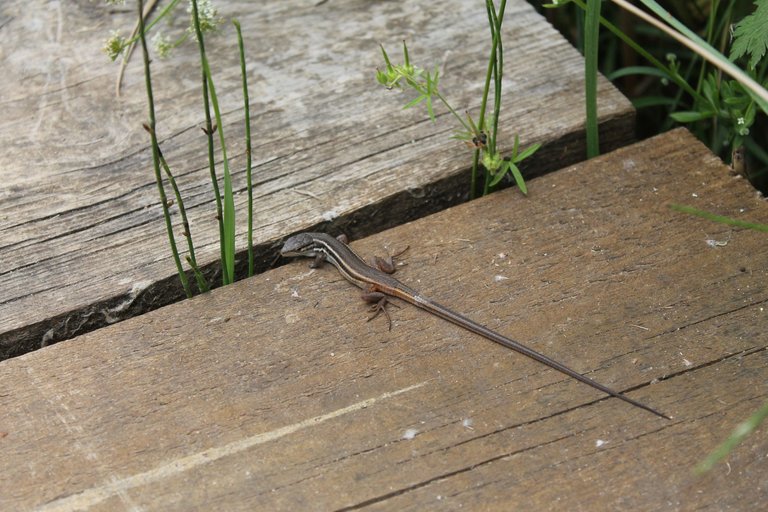
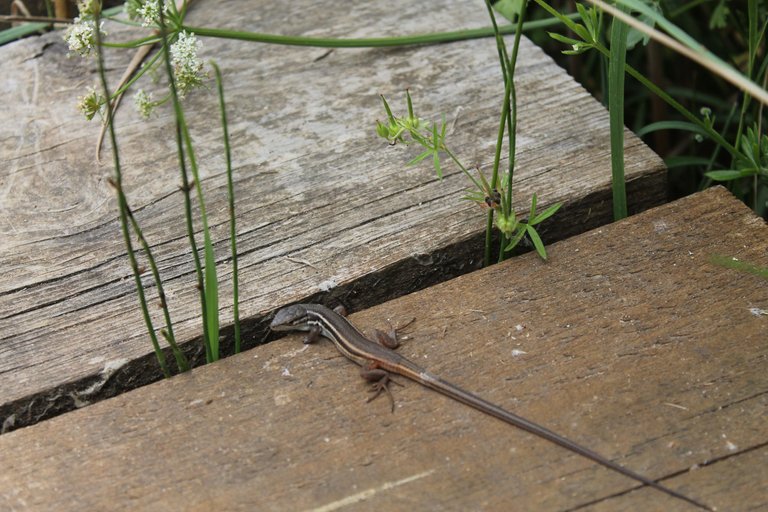
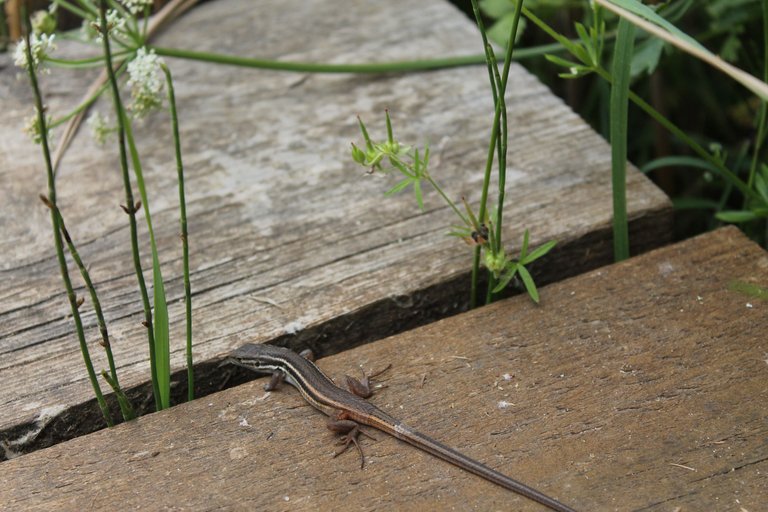
The tail has functions of energy storage, and contributes to balance the body during the race and a lot of importance in social status. Animals that lose their tails, lose their dominance status and many possibilities of escape again before a predator😃😃
La cola tiene funciones de almacén de energía, y contribuye a equilibrar el cuerpo durante la carrera y mucha importancia en el estatus social. Los animales que pierden la cola, pierden su estatus de dominancia y muchas posibilidades de escapar de nuevo ante un depredador🤔😮

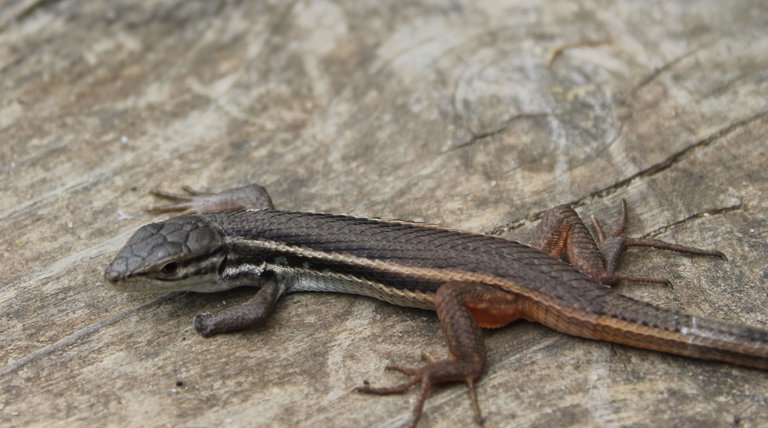
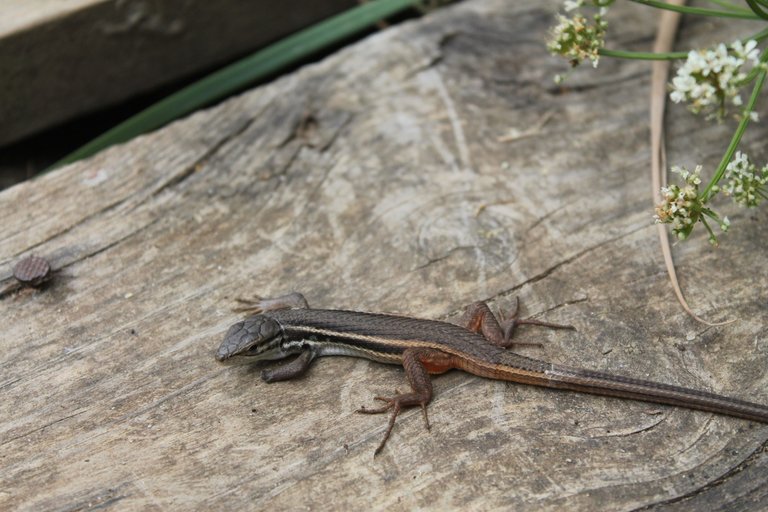
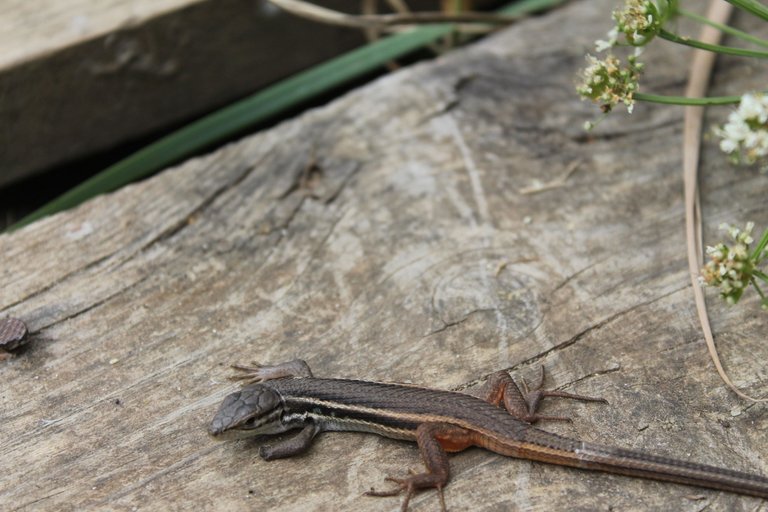
Caudal autotomy is a passive defense mechanism exhibited by some reptiles and a few amphibians. It consists of the self-amputation of the tail to cause the distraction of a predator and, thus, facilitate the escape. If the break occurs in intravertebral fracture planes, the tail can regenerate, although it is usually different from the original tail. Autotomic capacity is an ancestral mechanism already present in some Permian reptiles😶😶
La autotomía caudal es un mecanismo pasivo de defensa que presentan algunos reptiles y unos pocos anfibios. Consiste en la autoamputación de la cola para provocar la distracción de un depredador y, así, facilitar la huída. Si la rotura se produce en planos de fractura intravertebral la cola puede regenerarse, aunque normalmente es diferente a la cola original. La capacidad autotómica es un mecanismo ancestral ya presente en algunos reptiles del Pérmico😮😮

WHY NOT A PAW?🙂😮
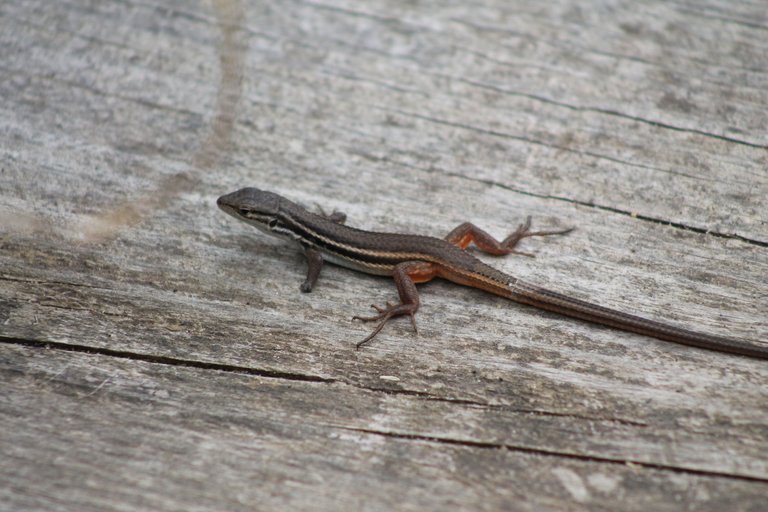
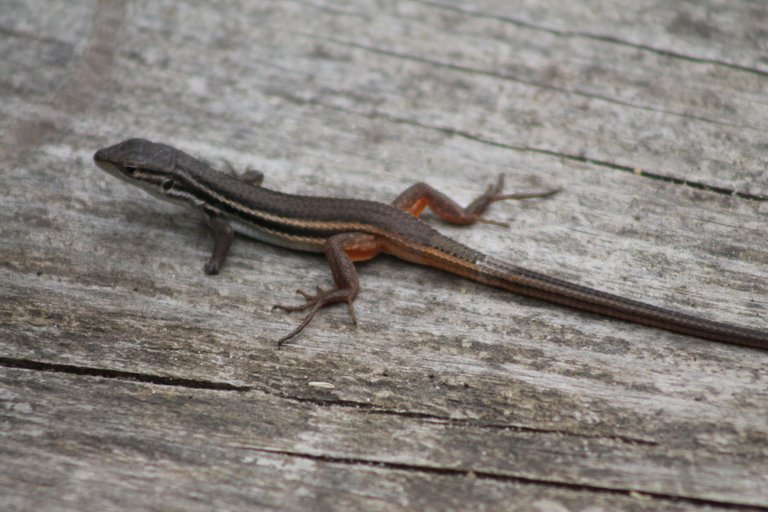

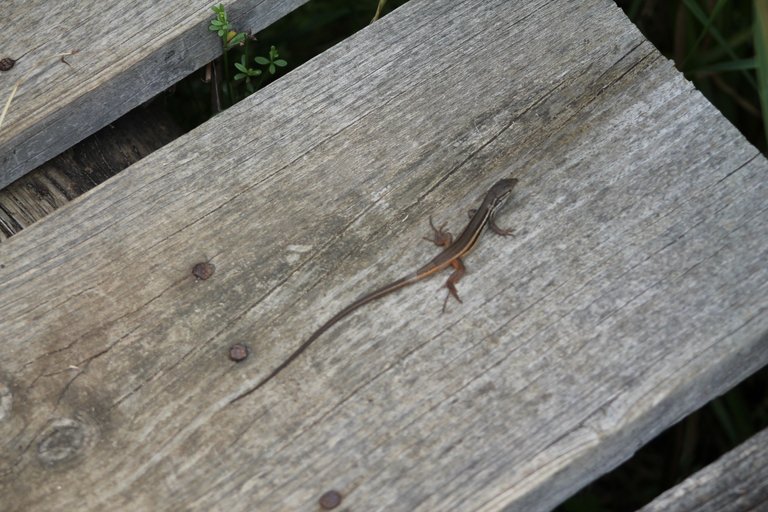
They do not have the genetic ability to regenerate other limbs, such as a leg, since in this process specialized stem cells come into play that activate very specific genes, and in a sequence similar to that of the embryonic period of the animal. What is peculiar, moreover, is that lizards, like other small saurians, have the ability to voluntarily detach from their tails at critical moments; that is, they do not always lose it due to attacks or accidents.😶😶
no tienen la habilidad genética para regenerar otros miembros, como una pata, ya que en este proceso entran en juego unas células madre especializadas que activan genes muy concretos, y en una secuencia similar a la del período embrionario del animal. Lo peculiar, además, es que las lagartijas, al igual que otros pequeños saurios, tienen la capacidad de desprenderse voluntariamente de la cola en momentos críticos; es decir, no siempre la pierden por causa de ataques o accidentes.😥
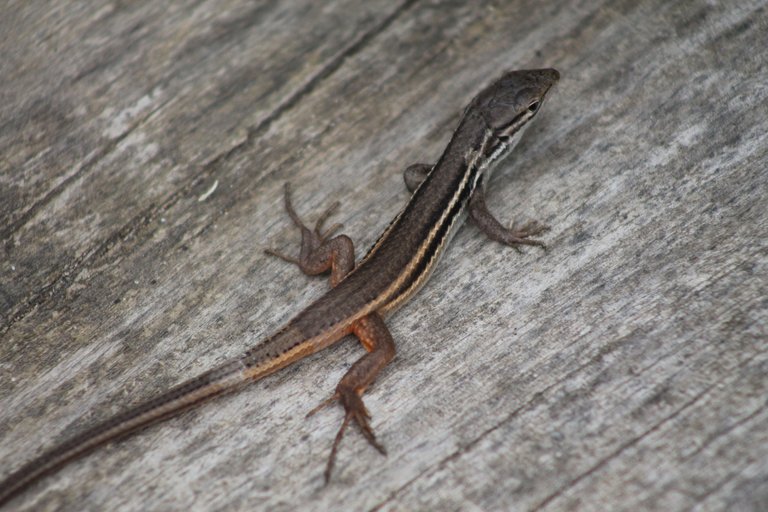

However, many amphibians, such as the salamander, do have the rare characteristic that they manage to regrow not only the tail, but also other members, such as fingers, legs, teeth, lenses, epithelial tissue🙂🙂
Sin embargo, muchos anfibios, como la salamandra, sí tienen la rara característica de que logren que vuelva a crecerles no solo la cola, sino también otros miembros, como dedos, patas, dientes, cristalinos, tejido epitelial🦎🦎

THANKS🎈🎋🎄🎍
OBRIGADO🧡💥💞
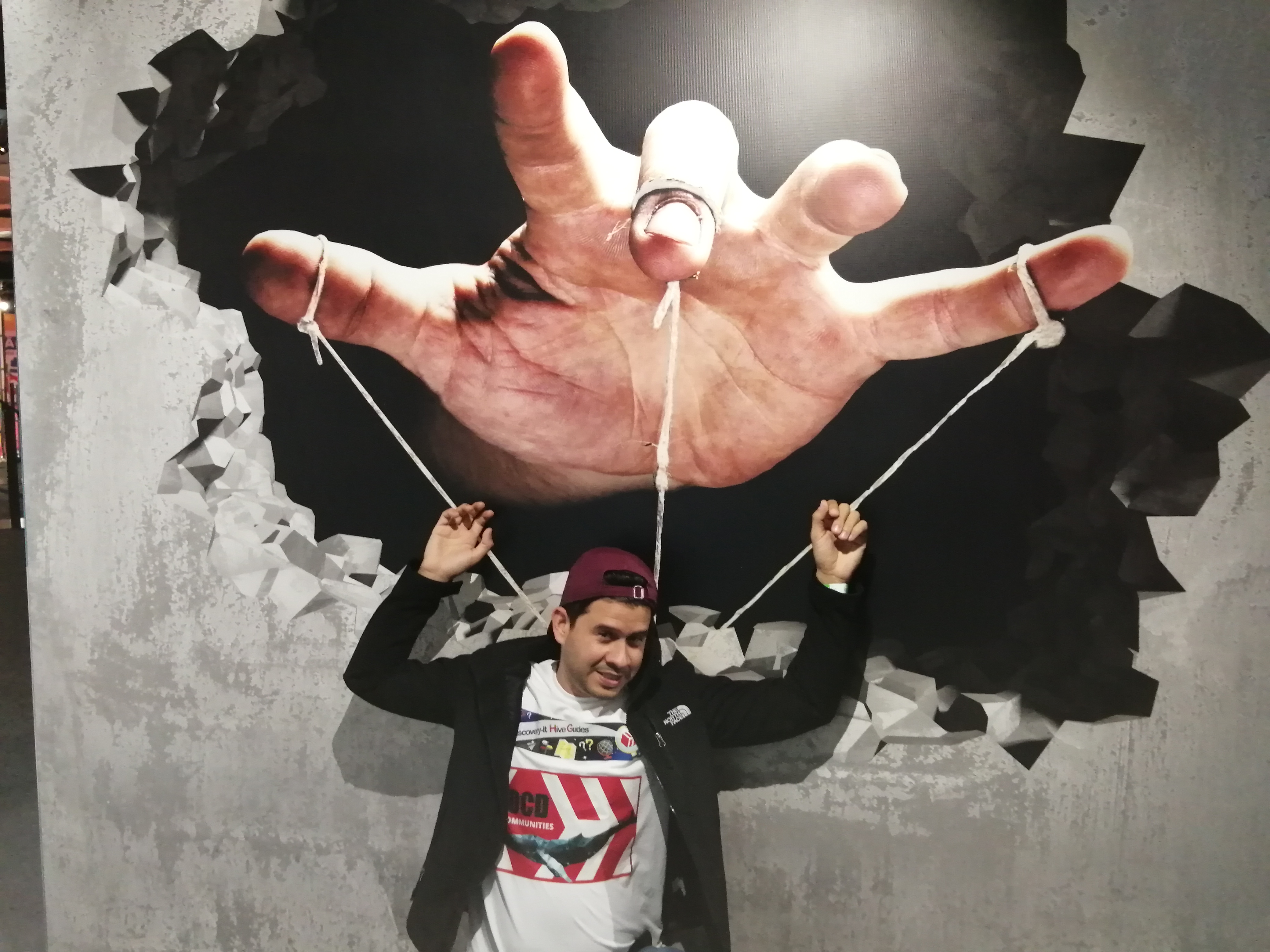
THE PHOTOGRAPHS ARE MY PROPERTY (canon18-55mm)🙂⛔
http://www.encuentros.uma.es/encuentros48/autotomia.html
https://www.lacertilia.de/AF/Bibliografie/BIB_8215.pdf
https://pt.wikipedia.org/wiki/Lista_de_r%C3%A9pteis_de_Portugal
https://www.quo.es/naturaleza/a20214/por-que-a-la-lagartija-le-vuelve-a-crecer-la-cola-pero-no-una-pata/#:~:text=Sexo-,%C2%BFPor%20qu%C3%A9%20a%20la%20lagartija%20le%20vuelve%20a%20crecer,cola%2C%20pero%20no%20una%20pata%3F&text=El%20fen%C3%B3meno%20se%20llama%20%E2%80%9Cautotom%C3%ADa,fren%C3%A9ticamente%20durante%20un%20buen%20rato.

























